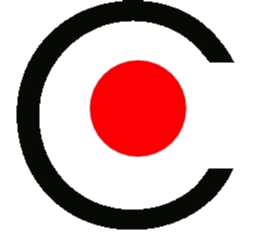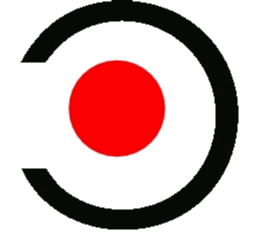



|

|

|
|
Bus
San Francisco MUNI
Horse-drawn buses were used from the 1820s, followed by steam buses in the 1830s, and electric trolleybuses in 1882. The first internal combustion engine buses, or motor buses, were used in 1895. [from wikipedia] 30 Bus • 44 Bus • Bus Riders • Bus Storage • Bus Transit Stops |
 30 Bus, San Francisco MUNI 30 Bus, San Francisco MUNIMost bus lines are scheduled to operate every five to fifteen minutes during peak hours, every five to twenty minutes middays, about every ten to twenty minutes from 9 pm to midnight, and roughly every half-hour for the late night "owl" routes.[from wikipedia]
|
|
 44 Bus, San Francisco MUNI 44 Bus, San Francisco MUNIMuni is short for the "Municipal" in "San Francisco Municipal Railway" and is not an acronym; thus, when it is written in plain text, only Muni (not MUNI) is correct.[from wikipedia]
|
|
 Bus Riders, San Francisco MUNI Bus Riders, San Francisco MUNIResidents and visitors to San Francisco often remark upon the inefficiency of SF Muni. In November 1999 San Francisco voters passed Proposition E setting standards for performance of having at least an 85% on-time record.[from wikipedia]
|
|
 Bus Storage, San Francisco MUNI Bus Storage, San Francisco MUNIOn July 1, 2012, Muni was the first transit agency in North America to implement all-door boarding throughout its system. The practice already existed in the Muni Metro as Proof-of-Payment, and was expanded to include all bus service.[from wikipedia]
|
|
 Bus Transit Stops, MUNI, Page Street & Masonic Avenue, San Francisco Bus Transit Stops, MUNI, Page Street & Masonic Avenue, San FranciscoA bus stop is a place where buses stop for passengers to get on and off the bus. The construction of bus stops tends to reflect the level of usage, where stops at busy locations may have shelters, seating, and possibly electronic passenger information systems; less busy stops may use a simple pole and flag to mark the location.[from wikipedia]
|
 |
| home • contact • topic guide • top 25 • photos • video • writing • blogs • upload • terms • privacy |